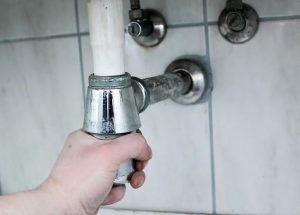
What do you do if your plumbing line is blocked?
It is a mandatory responsibility of every homeowner to ensure that the home’s plumbing is kept clean, dirt-free and hygienic. An important part of home cleaning maintenance is keeping your plumbing lines clean and open; this can prevent the possibility of major clogging in the long run. Although professional plumbers can be called in to deal with this problem, they can solve the problem with some steps that you can do yourself.
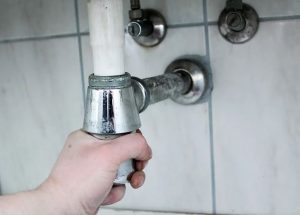
Read the steps below to prevent overflow of wastewater and wastewater pipes in toilets and learn how to deal with debris accumulated in plumbing pipes.
Keeping Your Plumbing Line Clean and Open Without Clogging
Find the source of the blockage / blockage: Find the source of the blockage / blockage: The first step in cleaning the plumbing pipes is to find the source of the blockage or the blockage in the plumbing pipe. In the event that all bathroom fixtures are cleaned properly, you may doubt the plumbing system rather than the bathroom. Similarly, there may be some mainline issues if you find that all the fixtures present in your home are clean and functional.
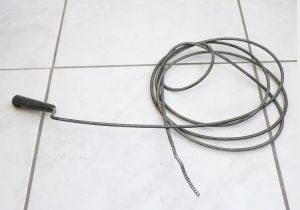
Checking the Sewage System
Buy or rent an auger to clean the drain: Then hold a mechanical or manual springboard or auger, also known as drain snakes, from a nearby hardware or home improvement store. Unlike manual augers that require the use of auger to rotate, the mechanical auger is powered by an electric motor.

Remove the cleaning plugs: Remove the cleaning plugs or retainer from the access point closest to the obstruction using a dual channel lock.
Use Auger to Find Results: Use the spike and feed it as low as possible through the auger and hand release. If you are using a mechanical auger, turn the switch to operate.
Repeat Use If Necessary: If necessary, you can put the auger down gently without draining. Keep it slow and stop the machine if it gets stuck to reapply the process after a while. Repeat pulling the auger up and down the drain tube until the blockage is completely clear.
Keep using the susan: The auger is fed down the drain with a slow feed. If you think the helix is starting to connect, pull it back slightly to release it and try again.
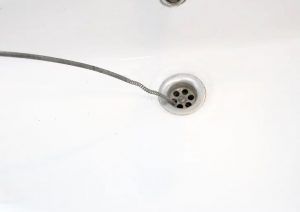
Pour Hot Boiling Water to Remove Residue: Then pour boiling water from the drain tube to make sure all the debris of the drain is flushed out from the drain. Check if the water flows smoothly through the drain pipe without interruptions. If not, auger and repeat the process until all the dirt is gone.
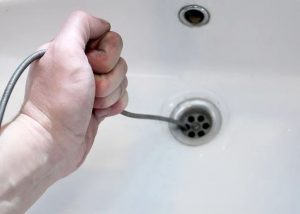
Consider the use of the Chemical Drain Cleanup Process: You can also clean the plumbing pipe or drain outlets using chemical drain cleaners; this requires you to first purchase the solution from a chemical or hardware or chemical oil tank.

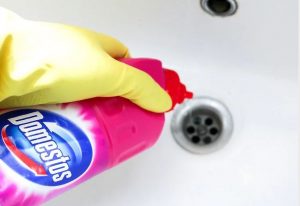
Begin cleaning: Wear gloves, preferably up to your elbow, and pour chemical drain cleaner directly into the drain or pipe opening. Allow some time for the chemical to adjust according to the instructions written on the bottle, as the detergent can take about 15 minutes to a maximum of one hour to flow through and clean.
